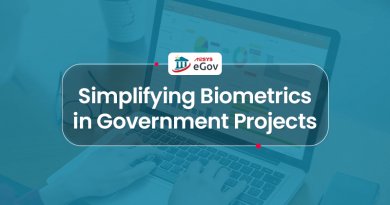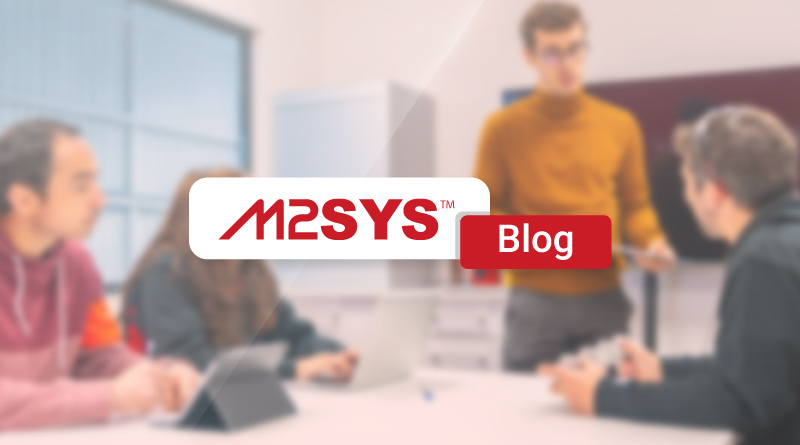AI eGovernment: Accelerating Digital Transformation in 2025
In 2025, AI-driven eGovernment solutions are revolutionizing public services by enhancing speed, personalization, and inclusivity. These tools automate tasks, predict citizen needs, and improve accessibility, fostering greater civic engagement and trust. Governments can now deploy solutions rapidly, addressing challenges like data privacy and resource allocation efficiently.
TL;DR
In 2025, AI-driven eGovernment solutions are revolutionizing public services, making them faster, more personalized, and inclusive. Key benefits include:
- Automating routine tasks and predicting citizen needs to enhance efficiency.
- Providing 24/7 support through chatbots and adaptive interfaces for diverse demographics.
- Reducing deployment times and costs significantly with modern AI platforms.
- Enhancing transparency and inclusivity, fostering greater civic engagement.
- Real-world successes in countries like Yemen and Nigeria demonstrate the transformative potential.
Embracing AI in eGovernment is crucial for rebuilding public trust and creating resilient democracies. For agencies ready to transform, exploring platforms like M2SYS eGov is essential. Contact us to learn how you can accelerate your digital transformation journey.
In the dynamic landscape of 2025, digital innovation is reshaping every sector, compelling governments worldwide to keep pace. As of November 11, 2025, global events such as the ongoing push for sustainable development and post-pandemic recovery underscore the need for efficient public services. AI-driven eGovernment Software solutions are emerging as pivotal tools, promising to accelerate digital transformation by making government interactions faster, more personalized, and inclusive for citizens.
Governments have long struggled with outdated legacy systems that create inefficiencies, leading to frustrated citizens and eroded trust. For example, manual processing of applications can result in weeks-long delays, deterring public participation. Budget constraints and limited resources exacerbate these issues, particularly in smaller agencies. However, AI tools are stepping in to bridge this gap by automating routine tasks and predicting citizen needs through data analytics.
Imagine chatbots providing 24/7 support, answering queries on everything from tax filings to license renewals in real-time. Predictive algorithms can forecast demand spikes, such as during tax seasons or natural disasters, allowing agencies to allocate resources proactively. Adaptive user interfaces ensure accessibility, catering to diverse demographics, including the elderly and those with disabilities. This not only boosts satisfaction but also encourages greater civic engagement, with studies indicating up to a 30% increase in participation rates when services are digitized effectively.
Speed is crucial in this transformation. Traditional IT overhauls can take years, but modern AI platforms enable deployments in mere weeks, reducing costs by up to 95%. This agility is vital in responding to current challenges, like the 2025 global emphasis on data privacy amid rising cyber threats. Platforms like M2SYS eGov exemplify this, offering tailored solutions with over two decades of experience. They integrate AI for personalized interactions, automate workflows, and provide real-time analytics, all without requiring extensive coding expertise.
Real-world successes highlight the potential. In Yemen, AI-enhanced voter registration has streamlined elections for millions, reducing fraud and building trust. Nigeria’s Biometric Solutions for mobile users have combated identity theft on a massive scale. Closer to home, U.S. cities like those in South Carolina have optimized employee tracking, saving resources, while Las Vegas has revolutionized recreational services with digital check-ins for thousands of residents.
The benefits extend beyond efficiency. AI fosters transparency and inclusivity, empowering citizens to engage in policy-making and community decisions. As we navigate 2025’s focus on AI ethics and equitable tech access, these solutions help governments stay ahead, adapting to mobile-first trends and stringent privacy laws. Ultimately, embracing AI eGovernment isn’t just about technology—it’s about rebuilding public trust and creating resilient democracies.
For agencies ready to embark on this journey, exploring platforms like M2SYS eGov could be the key to a faster, more engaging digital future. By prioritizing citizen-centric innovation, governments can transform challenges into opportunities, ensuring no one is left behind in the digital age.
Frequently Asked Questions
What is AI-driven eGovernment software?
AI-driven eGovernment software refers to digital platforms that utilize artificial intelligence to improve government services. These solutions automate processes, personalize citizen interactions, and enhance service delivery efficiency. For more details, you can check out our page on eGovernment Software.
How does the M2SYS eGovernment platform reduce costs?
The M2SYS eGovernment platform reduces costs by accelerating deployment times by up to 95%, thereby minimizing the need for extensive resources and coding. Discover more about this on our M2SYS eGov page.
Can AI platforms really improve citizen engagement?
Yes, AI platforms can significantly enhance citizen engagement by providing real-time feedback, personalizing interactions, and ensuring accessibility for all demographics. Visit our Digital Government page for more insights.
What role does biometrics play in government transformations?
Biometrics plays a crucial role in enhancing security and efficiency in government services, such as voter registration and identity verification. Learn how biometrics impacts productivity in our Biometrics Enhances article.










